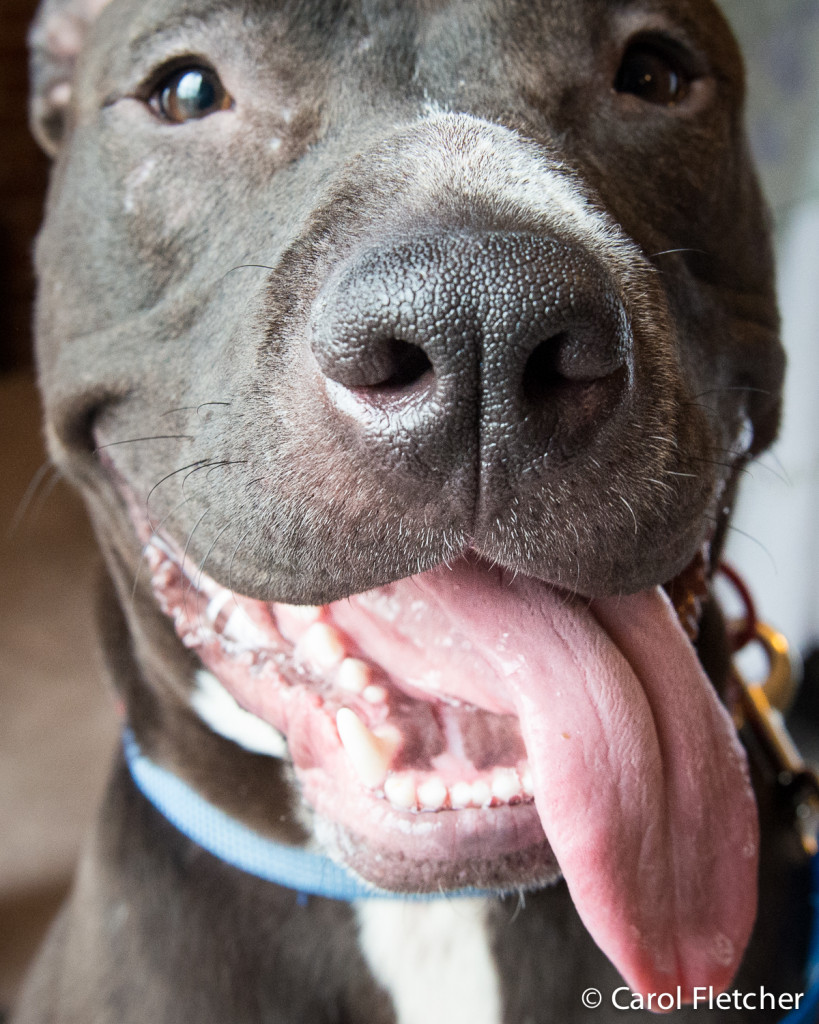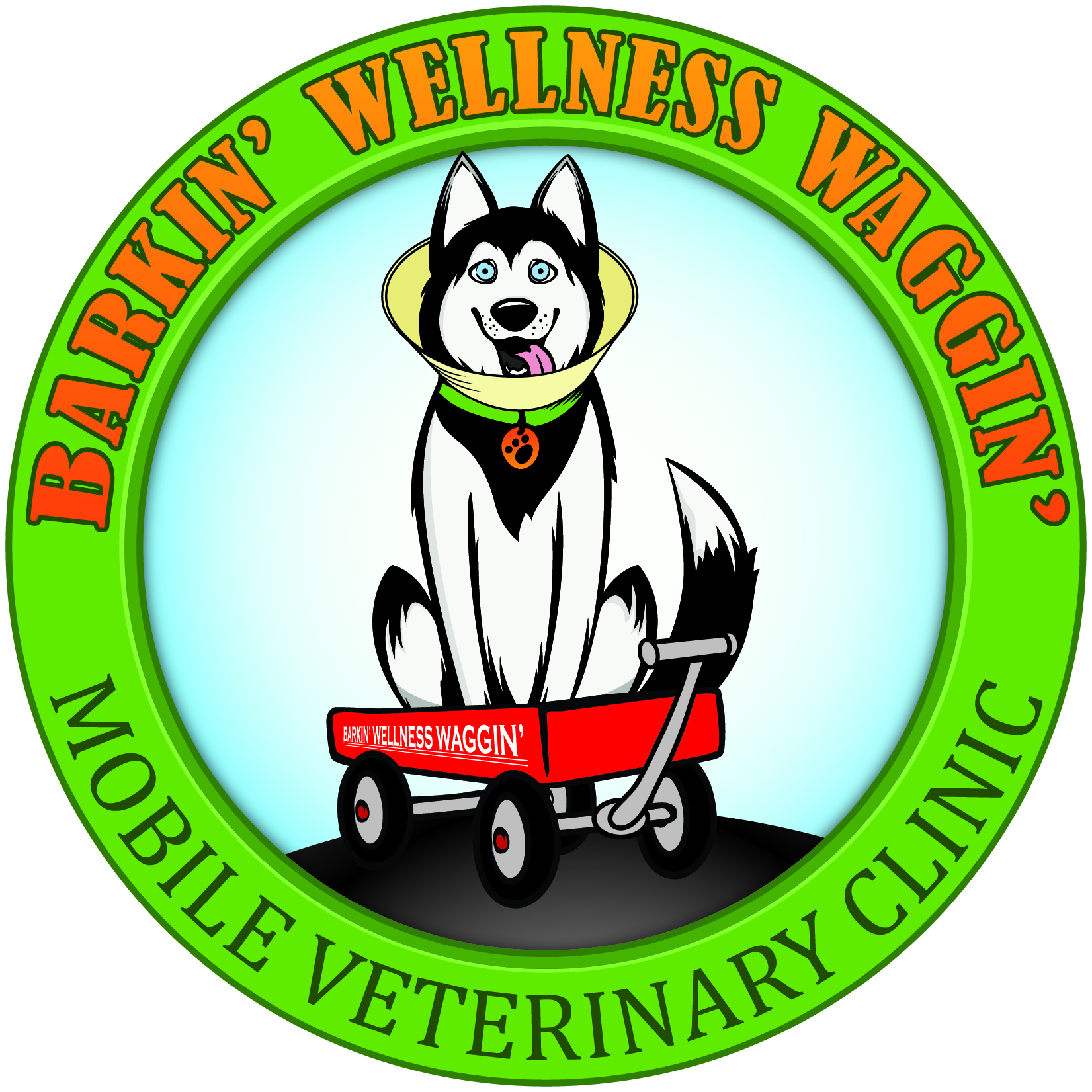You know the afternoon. Bright sunshine, fresh breeze…you’ve just finished mowing the grass and trimming your fenced-in backyard. It’s time to enjoy the fruits of your labor, to relax and spend a little quality time with your family. You grab a cold drink, open the back door and your dogs bustle past—so excited to get out, to race, romp, sniff and roll in the grass. And then, less than 15 minutes later, one of the dogs cries out and begins to paw his face in distress. He’s been stung. What do you do?
Stings are painful—especially on a dog’s sensitive nose or inside his mouth. Stings can also be dangerous if swelling blocks his windpipe. It is important that you stay calm, but act quickly.
What to do if your dog is stung by a bee:
1. GET THE STINGER OUT. Look at the area where your dog was stung to see if the stinger is still in his skin. It’s not the small puncture wound that causes the sting’s pain, but the venom that is injected from the stinger. The stinger looks like a small black sac. DO NOT try to pinch and pull the stinger out like a splinter, because that could squeeze the venom sac and release more poisons into your dog’s wound. Instead, try to flick the stinger out with your fingernail or a stick, or something with a straight edge like a credit card or piece of cardboard.
If your dog has multiple stings, or has been stung anywhere inside his mouth, get to the vet ASAP. Significant allergic reactions can become life-threatening. Dogs have died from sting complications.
2. RELIEVE THE PAIN. After removing the stinger, apply a mixture of baking soda and water to the sting area. Immediately apply ice packs covered with a towel to reduce swelling. Do this frequently for 5 minutes at a time. If your dog is in good health and is only having mild symptoms (itchiness and small swelling), you can also use over-the-counter diphenhydramine (Benadryl) to relieve the discomfort. Benadryl is usually recommended by vets at 1 mg per 1 lb. of body weight. One Benadryl tablet is 25 mg.
3. MONITOR FOR ALLERGIC REACTIONS. Even if your pet seems fine, watch him carefully for 24 hours. If there is major swelling, or the sting area becomes hot and there is a large amount of swelling extending away from the sting site, or the animal seems disoriented, sick or has trouble moving or breathing, go to the vet immediately. In the most extreme cases, bee stings in dogs can be fatal. Dogs could have a severe allergic reaction to the sting and go into anaphylactic shock. A bee expert advises that while Benadryl will buy some time, it will not stop anaphylactic shock. Any difficulty in breathing requires immediate veterinary care.
An Ounce of Prevention:
All of this might make you want to stay indoors all summer. But don’t! Here are some tips on keeping your dog safe from bee stings when you’re out.
- Avoid walks at the hottest times of the day when bees and wasps are most active.
- Keep your dog away from flowers.
- Go light on perfumes and fragrances that might attract bees during playtime.
- Keep Benadryl in your doggie first aid kit…just in case!
Did you know?
- A bee’s stinger is barbed and will lodge in the skin, killing the bee when the stinger detaches from the body.
- Wasp stingers are not barbed but can be more painful, and if provoked these insects can sting multiple times






Leave a Reply